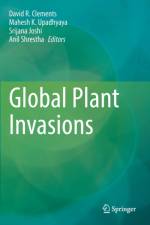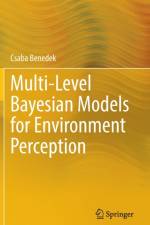2 201
Medicinal plants supply the ever-growing needs of humankind for natural chemicals, such as pharmaceuticals, nutraceuticals, agrochemicals, and chemical additives. These plants contain bioactive secondary metabolites, which possess antimalarial, anthelminthic, anti-inflammatory, analgesic, antimicrobial, antiarthritic, antioxidant, antidiabetic, antihypertensive, anticancer, antifungal, antispasmodic, cardioprotective, antithyroid, and antihistaminic properties. Secondary metabolites play a major role in the adaptation of plants to the changing environment and stress condition as they are affected by both biotic and abiotic stress. Humans rely on medicinal plants for various needs since ancient time, and their population still seems enough for fulfilling our demands. However, in the foreseeable future, we will be forced to think about the accessibility of resources for future generations. For these reasons, we must look for alternative sustainable options of resources which can protect these immensely important medicinal plants from various stresses induced by challenging environment. Evolving eco-friendly methodologies and mechanisms to improve these plants¿ responses to unfavorable environmental circumstances is important in creating significant tools for better understanding of plant adaptations to various abiotic stresses and sustaining the supply of pharmaceuticals as global climate change intensifies.One of the great challenges in the near future will be the sustainable production of medicinal plants under increasing adverse effects of climate change. A combination of adverse demographic factors and climatological perturbations is expected to impact food and pharmaceutical production globally. Despite the induction of several tolerance mechanisms, medicinal plants often fail to survive under environmental extremes. To ensure their sustainable production under adverse conditions, multidisciplinary approaches are needed, and useful leads are likely to emerge. However, improving plants' performance under restrictive growth conditions requires a deep understanding of the molecular processes that underlie their extraordinary physiological plasticity. This edited volume emphasizes the recent updates about the current research on medicinal plants covering different aspects related to challenges and opportunities in the concerned field. This book is an attempt to bring together global researchers who have been engaged in the area of stress signaling, crosstalk, and mechanisms of medicinal plants. The book will provide a direction towards implementation of programs and practices that will enable sustainable production of medicinal plants resilient to challenging environmental conditions. Moreover, this book will instigate and commence readers to state-of-the-art developments and trends in this field.






























